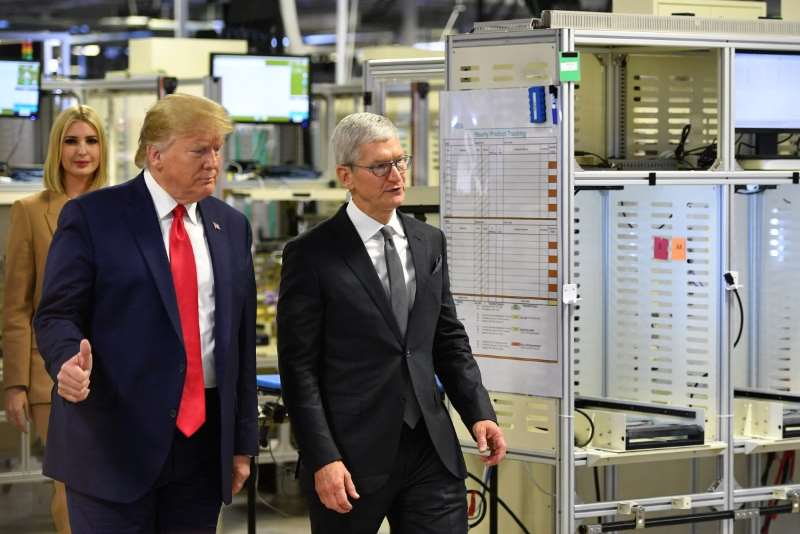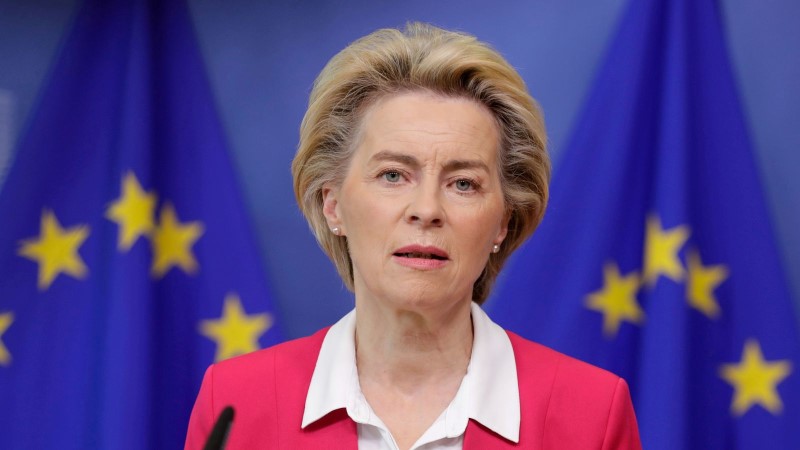Economy
US and EU Make Limited Progress on Trade Dispute
This week, the European Union and the United States made limited progress in resolving their trade differences. US officials, under President Donald Trump’s administration, indicated that the majority of tariffs imposed on the EU will remain in place.
EU Struggles to Understand US Position
Maros Sefcovic, the EU’s trade commissioner, met with US representatives for two hours; however, he left with limited clarity. Furthermore, sources say Sefcovic struggled to understand the US’s objectives during the meeting. Consequently, the talks highlighted significant differences between both sides’ positions. As a result, Sefcovic’s efforts to clarify the US stance yielded few results.
Tariffs Remain on Key Sectors
US officials confirmed that tariffs, including the 20% “reciprocal” tariffs (temporarily reduced to 10% for 90 days), along with other tariffs on sectors like cars and metals, will remain in place. These tariffs impact goods worth approximately €380 billion ($431 billion) from the EU.
US Broadens Tariffs on Semiconductor and Pharmaceutical Imports
As part of a broader strategy, Trump introduced tariffs on semiconductor and pharmaceutical imports, aiming to reshape global trade. These new measures add to the ongoing economic tensions between the two regions.

Tariffs on Semiconductors on the Way
Tariffs on semiconductors: The White House confirmed that sectors subject to specific levies will not be included in the general 125% tariff…
EU’s Counter-Tariffs and Delays
In response to Trump’s 25% duties on EU steel and aluminum exports, the EU has agreed to delay implementing counter-tariffs on US goods worth €21 billion. This delay will last 90 days, after which the EU will take further action if negotiations do not lead to a resolution.
Speculation on Car Tariffs and US Investments
There is speculation that some car-related tariffs might be offset by increased US investments in European production and exports. However, concerns persist that tariffs could rise if US exports do not increase as expected.
Ongoing Discussions on Energy and Regulatory Issues
The EU proposed removing tariffs on industrial goods, including cars, but the US rejected the suggestion. Trump pushed for the EU to commit to purchasing more US energy resources in the trade deal. This demand highlights Trump’s focus on energy exports in negotiations. The trade deal remains contentious, with both sides holding firm positions.
Future Negotiations and Non-Tariff Barriers
Negotiations will continue at a technical level, focusing on non-tariff barriers like regulations on digital technology and AI. Both sides are committed to finding a resolution despite significant challenges. Discussions will address food standards and their impact on trade. Both parties aim to overcome obstacles and reach an agreement.


